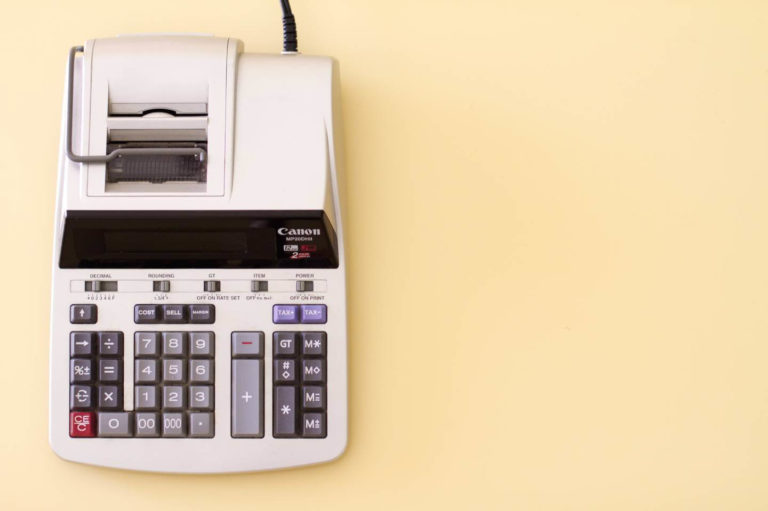“Inventory” is a word dreaded by anybody who runs a company which sells a physical product… but it doesn’t need to. In fact, it is very easy to optimise your inventory management process and make it a lot less painful. Today, it is very important that a company keeps a solid inventory, and the key to this is good inventory management. After all, you pay money for your inventory and you need to keep tabs on it.
Given that your inventory ties up a lot of your company’s assets, managing it properly can aid long-term growth and shows outside investors that you are a good company which takes its obligations seriously.
Inventory Management Helps Save Money
There are a few key ways that inventory management can help you save money. First of all, if you are selling a product which expires (food, drink or beauty products) then mismanaging inventory can cause you to lose track of when things are about to expire leading to wasted product. In addition, you can avoid dead stock (i.e. stock which has gone out of season or style) by properly managing your inventory too.
It’s not just about making your life easier, it’s about saving your company money by reducing wastage and keeping an eye on where your finances are being tied up.
5 Steps to Achieve Painless Inventory Management
You may be wondering how to get started with managing your inventory, and here is a simple five-step process to get you going in the right direction
1. Implement an inventory management solution
We are long past the days where inventory was kept track of using pen and paper. Today, inventory management solutions can largely automate the process and reduce the need for you to intervene. You can configure them how you want and even set notifications for when certain products are running low or about to expire.
2. Set and stick to par levels
Each of your products should have its own par level, and that par level is the minimum amount of that product which you must always keep in stock. When a product dips below its par level then you know it’s time to order some more of it in. Ideally, your par level will be set so that you only need to order the minimum amount needed to keep running. Par levels vary from item-to-item and only you can determine each product’s individual one.
3. Operate a FIFO (first in, first out) process
Even if you are not selling perishable goods, a FIFO process ensures that you are selling your older stock first. FIFO is an important inventory management principle which prevents your newer stock from being sold first. If you always have the same box of t-shirts sitting at the back of your warehouse, they are more likely to get worn out. FIFO is not just something for perishable goods. As styles change, you won’t be able to sell some of your older goods and FIFO prevents this from happening.
4. Manage relationships with suppliers
Good relationships with your suppliers are key to inventory management. Why? Because they will be more willing to go out of their way to work with and help you when you need it. You never know when you’re unexpectedly going to sell out of a product and need more of it immediately.
5. Implement contingency plans
Despite your best intentions, issues do pop up with inventory management from time-to-time, it’s simply part and parcel of working in a business which sells or distributes a physical product. If you don’t have any contingency plans in place, disruptions to your supply chain or inventory problems can cripple your business. A few common examples of problems would be –
- A sudden surge in sales causing you to oversell stock
- A shortfall in cash flow which means you can’t pay for more stock
- Miscalculated inventory so you have less product than you thought
- Your manufacturer runs out of a product, yet orders are still coming in
- A manufacturer suddenly discontinues a product
It’s not a matter of if there will be problems, it’s a matter of when and by having a good contingency plan in place you can avoid suffering from the fallout.











